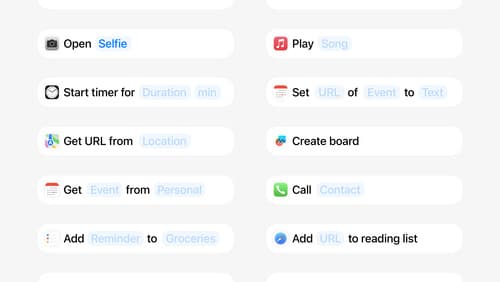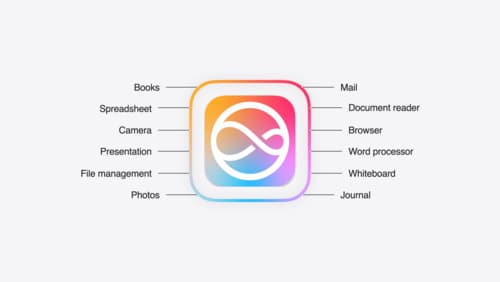How are app intents different now?
Asked on 2024-07-30
1 search
App Intents have undergone significant changes in iOS 18, expanding their scope and flexibility. Here are the key differences and updates:
-
Expanded Scope: Previously, app intents were designed to cover the most habitual tasks that could be useful outside of the app. In iOS 18, this guidance has changed to include any functionality your app offers. This means that anything your app does can now be an app intent, not just the most common tasks (Design App Intents for system experiences).
-
Flexible and Readable Intents: App intents should be structured to be flexible and readable across many configurations and use cases. This includes avoiding multiple intents for the same task and ensuring that parameter summaries are clear and concise (Design App Intents for system experiences).
-
Background Capabilities: If your app supports live activities, audio playback, or recording, you should create app intents that allow these actions to be performed from the background. This is particularly useful for simple intents that do not require further in-app actions (Design App Intents for system experiences).
-
Open When Run Toggle: For intents that complete with a change in the app UI or show search results, there is an "open when run" toggle. This allows the app to open directly to the relevant screen, providing a seamless user experience. Users can also toggle this off if they want the intent to run as part of a larger shortcut without opening the app (Design App Intents for system experiences).
-
Integration with Siri and Other Features: App intents serve as a foundation for integrating with various system features like Siri, Spotlight, and Shortcuts. This means you can define your app's core actions and content in a way that the system can understand and present outside your app (Bring your app’s core features to users with App Intents).
For more detailed guidance, you can refer to the sessions:

Bring your app’s core features to users with App Intents
Learn the principles of the App Intents framework, like intents, entities, and queries, and how you can harness them to expose your app’s most important functionality right where people need it most. Find out how to build deep integration between your app and the many system features built on top of App Intents, including Siri, controls and widgets, Apple Pencil, Shortcuts, the Action button, and more. Get tips on how to build your App Intents integrations efficiently to create the best experiences in every surface while still sharing code and core functionality.

Design App Intents for system experiences
App Intents power system experiences in controls, Spotlight, Siri, and more. Find out how to identify the functionality that’s best for App Intents, and how to use parameters to make these intents flexible. Learn how to use App Intents to allow people to take action outside your app, and see examples of when to navigate into your app to show contextual information.

Bring your app to Siri
Learn how to use App Intents to expose your app’s functionality to Siri. Understand which intents are already available for your use, and how to create custom intents to integrate actions from your app into the system. We’ll also cover what metadata to provide, making your entities searchable via Spotlight, annotating onscreen references, and much more.
